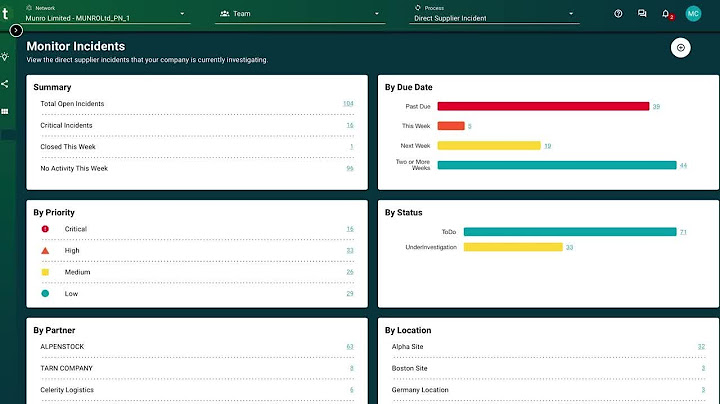focusNode Show Didn't know it? Knew it?  Embed Code - If you would like this activity on your web page, copy the script below and paste it into
your web page.
What are the functions of the middle management and lower level management?Middle-level managers are responsible for executing organizational plans which comply with the company's policies. They act as an intermediary between top-level and low-level management. Low-level managers focus on the execution of tasks and deliverables, serving as role models for the employees they supervise.
What is the middle levels of management?Middle management includes all of the management positions in a hierarchical company structure underneath the top management positions and above the non-management workers. These managers generally answer to top management, those who have executive titles such as CEO or CFO.
What are the three positions at middleMiddle management is located between low-level management and top-level management within an organization. Middle managers may fill a number of supervisory positions and roles including branch managers, store managers, regional directors, and department managers.
What is middle(a) Middle-level management
This level of management consists of executives working between top level and supervisory level. They interpret and implement policies, ensure coordination of all activities, ensure availability of resources and implementation of policies framed by top management.
|

zusammenhängende Posts
Werbung
NEUESTEN NACHRICHTEN
Werbung
Populer
Werbung

Urheberrechte © © 2024 nguoilontuoi Inc.


















